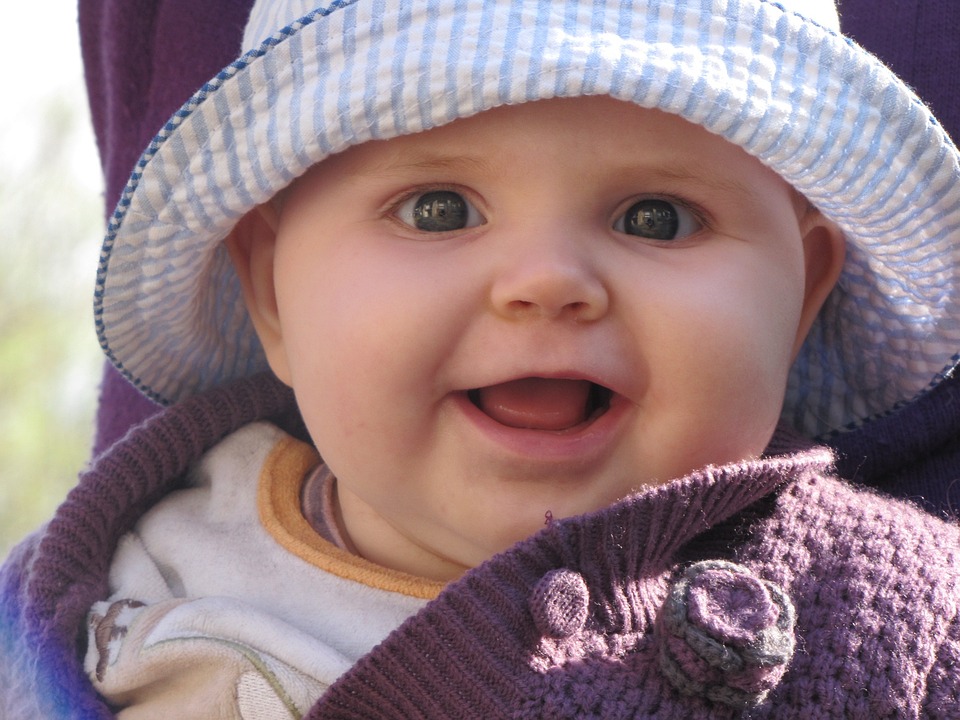As a mother, you want the best for your child, and that includes their health and well-being. One aspect of your child’s health that you may not have considered is facial asymmetry. While it may seem like a minor issue, facial asymmetry can actually have a significant impact on your child’s development and self-esteem. In this article, we’ll explore what facial asymmetry is, what causes it, and what you can do as a parent to help your child navigate this issue.
What is Facial Asymmetry?
Facial asymmetry refers to a lack of symmetry or balance in the proportions of the face. This can manifest in various ways, such as one ear being higher than the other, one eye appearing larger than the other, or the chin being off-center. While some degree of asymmetry is normal in everyone, excessive or noticeable facial asymmetry can be a cause for concern.
Causes of Facial Asymmetry
There are several factors that can contribute to facial asymmetry in children. These include genetics, birth trauma, positional preferences (such as always resting the head on one side), and underlying medical conditions. In some cases, facial asymmetry may also be a result of a problem with the development of the facial bones and muscles.
What Every Mom Needs to Know
It’s important for moms to be aware of the potential impact of facial asymmetry on their child. Beyond the physical appearance, facial asymmetry can affect a child’s self-esteem, social interactions, and overall well-being. It’s essential to address any concerns about facial asymmetry early on and seek appropriate medical or therapeutic interventions if necessary.
What You Can Do
If you notice significant facial asymmetry in your child, it’s important to consult with a pediatrician or a specialist. They can assess the underlying cause of the asymmetry and recommend the appropriate course of action. This may include physical therapy, orthodontic treatment, or in some cases, surgical intervention. Early intervention is key in addressing facial asymmetry and preventing any potential negative effects on your child’s development.
Supporting Your Child
As a mom, it’s also crucial to support and encourage your child if they are dealing with facial asymmetry. Emphasize their other unique qualities and attributes, and teach them that true beauty comes from within. Additionally, open communication and providing a safe space for your child to express their feelings about their appearance is essential in building their self-confidence and resilience.
Conclusion
Facial asymmetry is a relatively common issue that can have significant implications for a child’s physical and emotional well-being. As a mom, it’s important to be aware of the potential causes and impact of facial asymmetry and take proactive steps to address it. By seeking proper medical guidance and providing unwavering support for your child, you can help them navigate this aspect of their health with confidence and grace.
FAQs
Q: Is facial asymmetry common in children?
A: Yes, to some extent, facial asymmetry is normal in everyone. However, significant or noticeable asymmetry may require medical attention.
Q: Can facial asymmetry be corrected?
A: In many cases, facial asymmetry can be improved through interventions such as physical therapy, orthodontic treatment, or surgery.
Q: How can I help my child cope with facial asymmetry?
A: Provide unconditional love and support, emphasize their other positive qualities, and encourage open communication about their feelings.
[ad_2]


















コメント